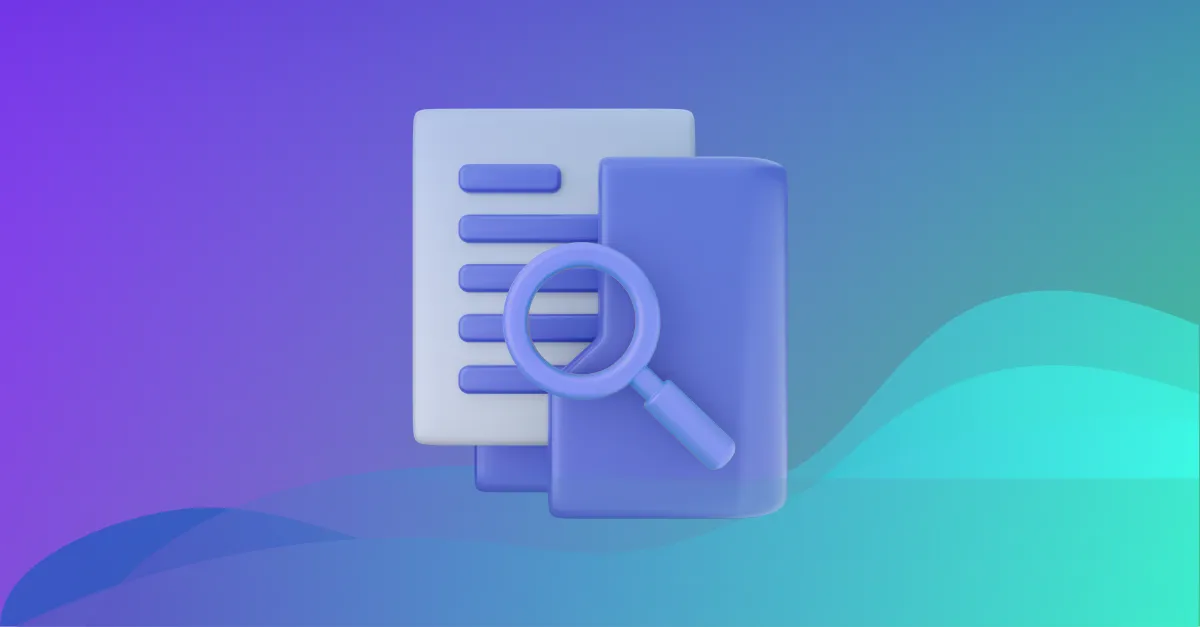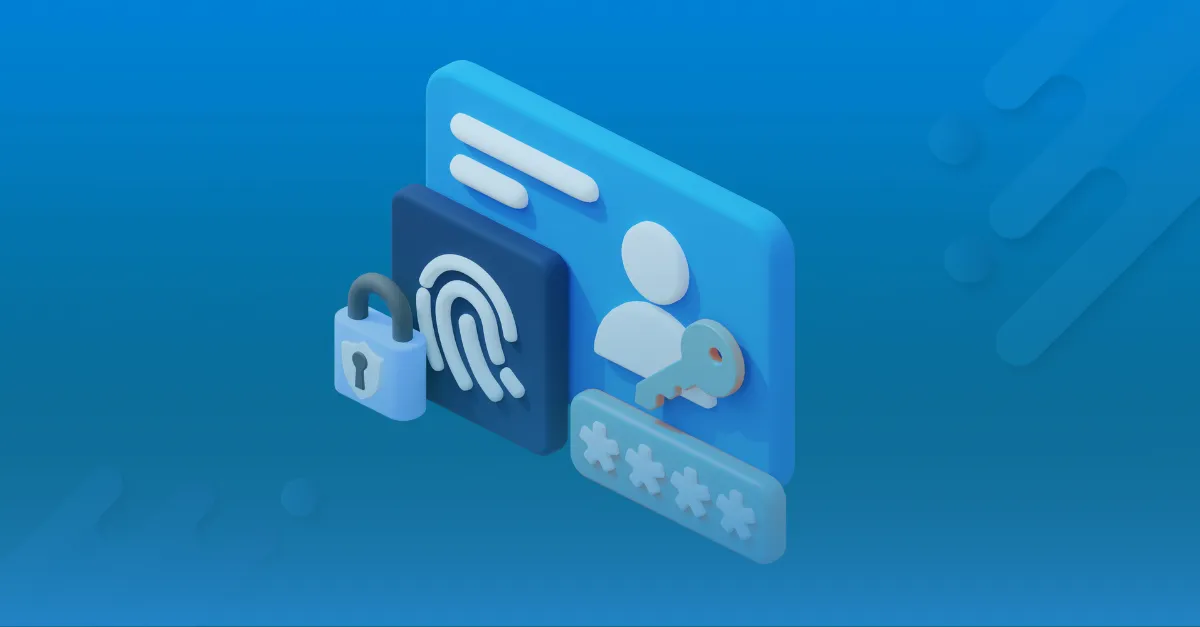
In a world where web applications and APIs form the backbone of many businesses, the significance of comprehensive application security cannot be overstated.
Ensuring robust security measures against a landscape riddled with cyber threats is critical, and that’s where Dynamic Application Security Testing (DAST) steps in.
DAST is a type of black-box security testing which analyses applications in their running state, identifying potential security vulnerabilities as they would appear to an external attacker.
It has become an irreplaceable tool in the arsenal of a lot of organization’s application security programs but the question that beckons is, is it given the due importance that it requires?
The need for versatility has come up as a non-negotiable in today’s world and modern dynamic tools bring better advantages over vulnerability scanners.
DAST enables the scanning of all web assets, regardless of their technology, and doesn’t require access to the source code. DAST is the only approach to testing that can handle the cases of template code patchworks, legacy business systems, external systems, etc.
In this blog, we’ll explore why DAST should be the cornerstone of your application security program.
Understanding the current threat landscape
The cyber threat landscape is becoming more complex and unpredictable than ever.
Cybercriminals employ a range of sophisticated methods to exploit vulnerabilities in web applications and APIs, which often serve as entry points to access sensitive data.
Emerging technologies have also broadened the threat surface, increasing interconnectivity means that a single vulnerability can have far-reaching implications, making comprehensive security testing paramount.
Additionally, the legal and financial implications of data breaches have become more severe with regulatory standards like GDPR and CCPA imposing hefty fines for non-compliance. These risks, coupled with the potential damage to a company’s reputation, underline the importance of a robust application security program.
Some recent security incidents mentioned below explain the severity of the damage:
FlexBooker, a digital scheduling platform, had a security breach in January 2022 that led to the exposure of PII of 3.7 million user accounts. The customer database was in an unsecured AWS S3 bucket which led to the exploitation of the vulnerability.
The Texas Department of Insurance reported a breach of 1.8 million user accounts in January 2022. The web service application had a flaw that unintentionally made protected areas of the application accessible. This falls under the category of a Broken Function Level Authorization exploit.
For businesses and organizations, a data breach may be a major burden since it can have serious repercussions, such as lowered customer trust and significant financial losses from recovery costs, lost revenue, and expenses related to regulatory fines for a data breach.
According to Google’s recent API Security Research Report, in the past 12 months, 50% of the organizations surveyed had an API security incident, and of those, 77% delayed the introduction of a new service or application.
In Akamai’s Slipping Through the Security Gaps Report, it was found that the threat vector driving the most growth in web application and API attacks were Local File Inclusion (LFI).
It is also worth noting that emerging attack vectors like Server-Side Request Forgery (SSRF) and Server-Side Injection Template (SSTI) will continue to pose serious threats to organizations in the years to come. Attackers use SSTI techniques in conjunction with critical zero-day vulnerabilities, such as Log4Shell and Spring4Shell, which led to remote code execution.
No organization is completely impervious to security threats; achieving a 100% guarantee against potential issues is a challenging proposition.
However, the majority of these concerns can often be detected and mitigated effectively with the implementation of rigorous cybersecurity measures.
Role of DAST in application security
For any organization, identifying vulnerabilities at the earliest would ease the work & cost associated with a fix.
This can in turn help organizations lower the risk of security incidents, such as data breaches, that could harm their reputation and business operations.
DAST can assist firms in adhering to rules and laws that mandate regular application security testing including:
1. Testing your web applications and APIs
The ability of a DAST too to scan web applications & APIs in their running state helps in simulating a real attacker’s behavior.
It can identify security vulnerabilities such as cross-site scripting (XSS), SQL injection, and other OWASP Top 10 threats by testing input/output points, scrutinizing HTTP responses, and analyzing session handling.
2. Running tests during the development stage
Integrating DAST into DevSecOps can allow organizations to run tests at the time of development itself. This helps in finding the security flaws as early as feasible in the software development lifecycle.
Commits can be automatically checked for vulnerabilities with the correct configuration. Early problem-solving allows you to construct security from the ground up and save time and money by preventing the need to detect and repair security bugs later in the development process.
3. Meeting your compliance standards
DAST can be used to navigate compliance by assisting in adhering to regulatory compliance standards such as PCI-DSS, HIPAA, ISO, SOC 2 and GDPR.
By identifying potential vulnerabilities and ensuring the security of your web applications and APIs, DAST helps demonstrate due diligence and mitigates risks of non-compliance, thus fostering trust with stakeholders and customers.
4. Boosting your company’s trustworthiness
Utilizing DAST enhances your organization’s reputation by demonstrating a proactive approach to security. It indicates a commitment to protecting customer data and services from cyber threats, thereby boosting stakeholder and customer confidence.
Organizations can take it up a notch by having a public Security page that lists down all security measures undertaken to safeguard customer data.
How does DAST differ from other security testing methods
DAST differs from other security testing methods in several ways and its unique characteristics make it crucial in detecting vulnerabilities in real-world attack scenarios.
1. Dynamic testing
Unlike static analysis, which examines the source code without executing it, DAST operates on a running application, providing real-time vulnerability detection. It identifies vulnerabilities that only become apparent during application operation, thereby offering a more comprehensive and realistic security assessment, enhancing the robustness of your appsec program.
2. Real-world simulation
DAST excels in simulating real-world attack scenarios, testing applications in their running state just as an attacker would. This method goes beyond code analysis, investigating how the application responds to different attack vectors.
By mirroring genuine threat conditions, DAST provides a realistic gauge of your application’s security posture and resilience against actual cyber-attacks.
3. Effective automation
The automated testing methodology of DAST tools helps it to identify common vulnerabilities rapidly, reduce manual workload, and offer continuous monitoring capabilities.
This ensures the application’s ongoing security and swift detection of any new vulnerabilities, making DAST an indispensable tool in maintaining a resilient and reliable application security program.
4. Vulnerability detection
DAST primarily focuses on identifying vulnerabilities at the application layer. It looks for common security issues, such as injection flaws, XSS, and similar vulnerabilities. DAST complements other security testing methods, such as SAST and manual code reviews by providing a different perspective and detecting vulnerabilities that may be missed by those methods.
5. Risk assessment
DAST provides an in-depth risk assessment by identifying and prioritizing potential security vulnerabilities in your applications. It helps quantify the potential impact of each vulnerability, enabling you to allocate resources effectively to address the most critical threats first. This approach ensures a strategic and cost-effective strengthening of your application security posture.
Implementing DAST as a priority in your appsec program
Prioritizing DAST in your application security program is akin to building a solid fortress against potential security threats. It not only enhances your digital asset security but also significantly contributes to the trust and confidence of your stakeholders and customers.
One of the significant advantages of DAST is its ease of use. With automated scanning and real-time vulnerability detection, DAST reduces the complexity of securing your web applications and APIs. This user-friendly approach enables even those with limited security expertise to understand and address potential risks.
DAST differentiates itself by its dynamic black-box approach and provides wider coverage and a more in-depth analysis than many traditional testing methods. By examining your applications in their running state, it identifies vulnerabilities that might not be visible during static testing. It also looks at how your application interacts with other systems and networks, providing a comprehensive view of your security landscape.
Mitigating business risks is another critical aspect where DAST proves its worth. It not only identifies and prioritizes vulnerabilities but also quantifies their potential impact. This approach allows you to allocate resources more effectively, addressing the most pressing risks first, and ensuring a cost-effective strategy for enhancing your application security.
DAST also promotes a security-conscious culture among developers. As it integrates seamlessly into the development lifecycle, it provides timely feedback, allowing developers to spot and fix issues early in the process. This encourages a ‘Shift-left’ approach to security, where potential vulnerabilities are addressed as early as possible, thereby reducing the cost and effort of remediation.
Final thoughts
Embracing DAST as the cornerstone of your application security program is an astute move towards protecting your organization’s digital assets.
DAST facilitates a dynamic, real-world assessment of your applications, offering wide coverage, in-depth analysis, and facilitating the efficient mitigation of business risks.
Its ease of use and automated capabilities streamline the testing process, reducing manual workload and fostering a security-conscious culture among developers. Moreover, DAST assists in achieving regulatory compliance, thereby enhancing your organization’s credibility.
This proves invaluable in maintaining an up-to-date understanding of the security status and readiness of your applications.
To sum it up, leveraging DAST in your application security program is a technologically astute decision that enhances application security coverage, improves risk mitigation, and promotes a culture of security mindfulness.
As we navigate the digital future, integrating DAST as a cornerstone of your application security program is an essential step towards resilience and success.
Ready to step up your appsec program with a DAST solution with the fastest go-live time and best est. ROI? Get started with Beagle Security’s product tour or book a demo today!
![Top 20 cybersecurity consulting firms [2025] Top 20 cybersecurity consulting firms [2025]](https://beaglesecurity.com/blog/images/blog-banner-two-840.webp)



![Top 10 penetration testing companies [2025] Top 10 penetration testing companies [2025]](https://beaglesecurity.com/blog/images/top-penetration-testing-companies-840.webp)






